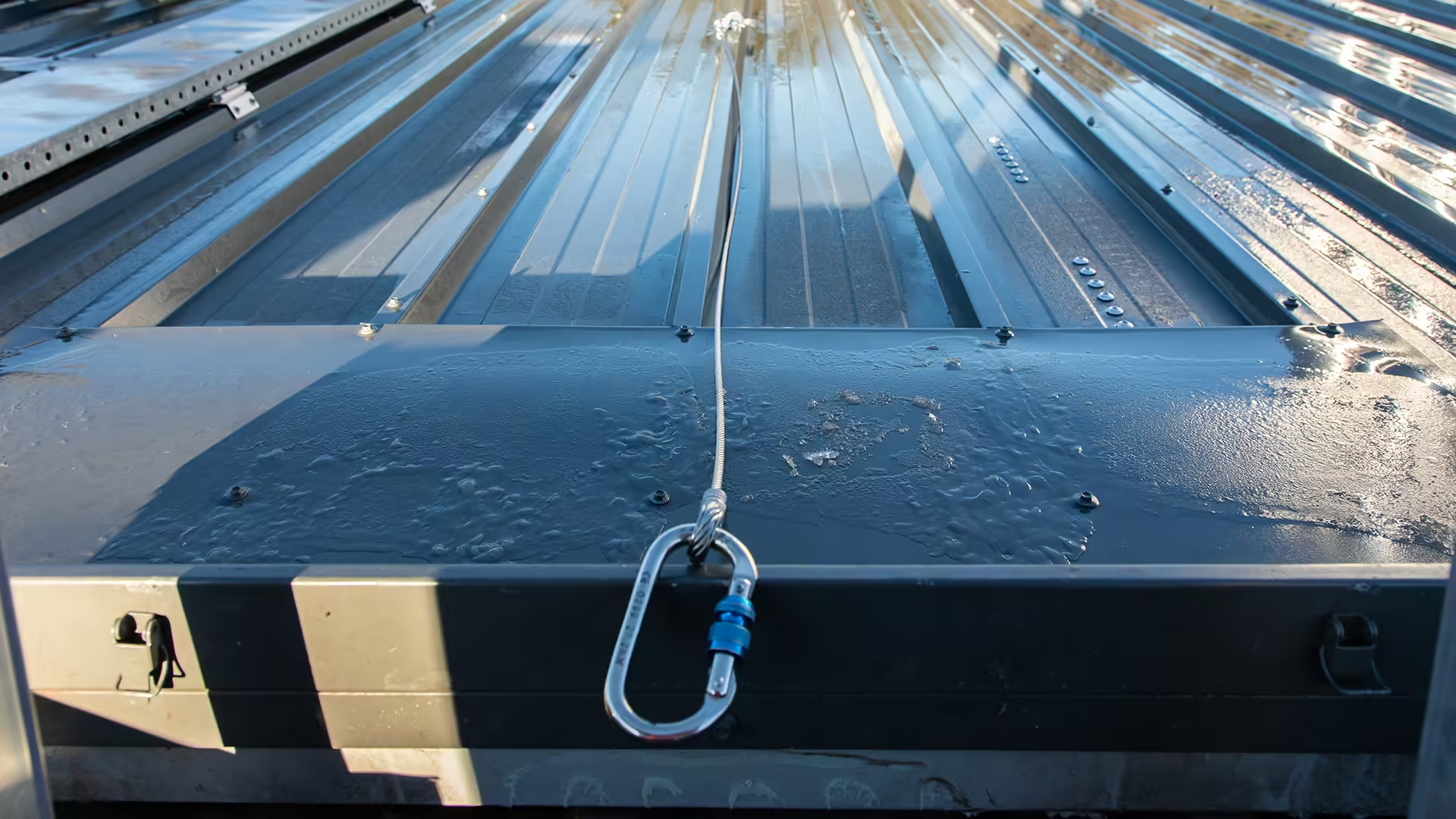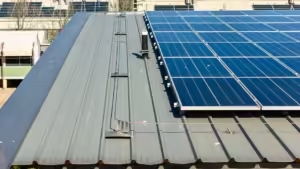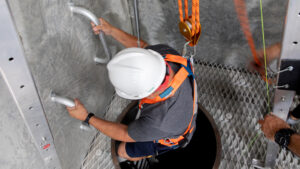There are many different types of safety systems that can be used to protect workers at height. In this blog, we look at fall arrest systems, their use and limitations.
When it comes to protecting those working at height there are three main types of safety system: fall arrest, fall restraint and fall prevention. While these sound like they do much the same thing, each one has a different use case and offers different types of protection.
When considering what a height safety can look like, it is important the most appropriate type of fall protection be used to suit the environment, type of work being undertaken and the frequency of access to the high-risk area.
Duty of care and responsibility for safety
Under the Work Health and Safety Act, the person conducting a business or undertaking (or PCBU for short) is responsible for safety.
This simple, on the face of it, definition quickly becomes complicated when the realities of running a job site are considered.
In brief, there can be several different PCBUs at a single workplace, each with their own areas of responsibilities and duties of care to uphold.
In the field of height safety there are generally two main areas a PCBU can fall into. Those responsible for creating a safe place of work and those responsible for having safe systems of work.
The PCBU responsible for creating a safe place of work holds the duty of care in making sure that fall protection systems on site are adequate, compliant and available.
A fall arrest system can form part how this duty of care is met.
What is a fall arrest system?
A fall arrest system works by limiting the distance a person can fall. It is important to understand that a fall arrest will not stop a person from falling. Use of a fall arrest system also requires the workplace, and workers, to have a rescue plan and equipment on hand.
Generally, a fall arrest system will comprise of a series of roof anchor points that are installed into the structure of the roof – whether it be metal sheeting, tiles or concrete.
After putting on a harness, the worker connects to the anchor points using a rope line or lanyard, with a shock absorber.
In the event of a fall, both the shock absorber and roof anchor will deploy and deform. This deformation absorbs and transfers much of the force generated away from the worker and into the building structure.
Fall restraint technique
A correctly designed and installed fall arrest system will allow a worker to use fall restraint technique to limit the likelihood of a fall occurring.
When done correctly, fall restraint technique allows a worker to use a fall arrest system while not allowing themselves to be placed in a position where a fall can occur.
Fall restraint technique works by having anchor points in such a way that the distance from one anchor to the next is never greater than the distance from that anchor to a fall edge.
Using an adjustable rope line, a worker can also access gutters and roof edges while remaining restrained, reducing the probability that a fall over that edge will occur.
When is a fall arrest system used?
Fall arrest systems are probably the most common height safety system installed. When done in conjunction with a design that allows for work using fall restraint technique, they can be incredibly versatile, easy to install and have very low maintenance requirements.
Fall arrest anchors can be installed on roofs with pitches up towards 30-degrees. This covers off most typical commercial and industrial buildings.
Their ease of use for workers means that they do not get in the way while they are doing tasks like air-conditioning system and elevator plant maintenance.
Partners in protecting people
Height Safety Engineers are your partners in protecting people. For over twenty years now our team has been providing businesses small and large with best practice height safety solutions.
Start your safety journey with HSE by calling 1300 884 978, emailing enquiries@heightsafety.net or by filling out the contact form at the top of this blog post.
If you are looking for some guidance on what height safety risks may be present at your workplace or job site, download our free height safety assessment toolkit.





